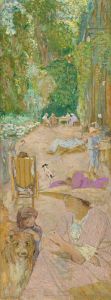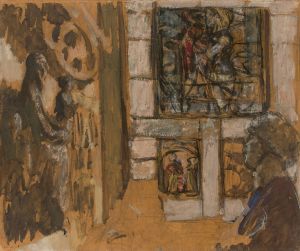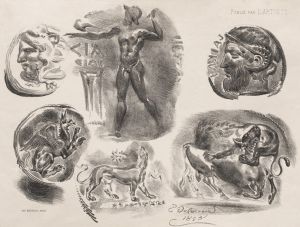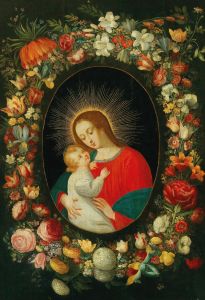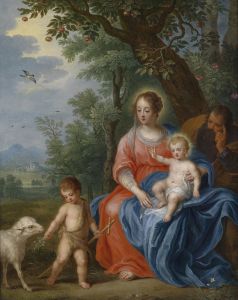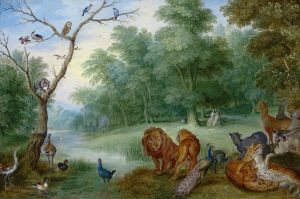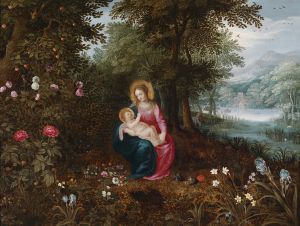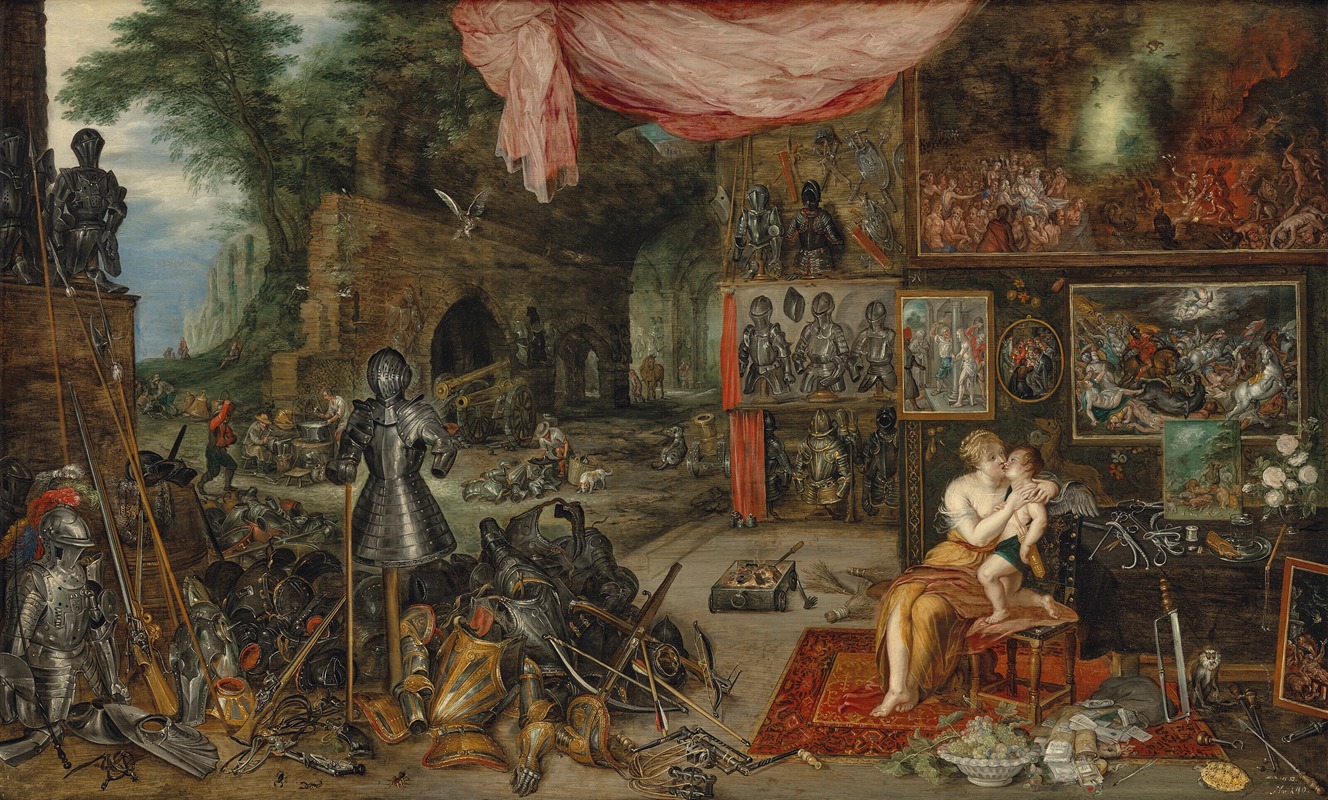
The Five Senses; Touch
A hand-painted replica of Jan Brueghel the Younger’s masterpiece The Five Senses; Touch, meticulously crafted by professional artists to capture the true essence of the original. Each piece is created with museum-quality canvas and rare mineral pigments, carefully painted by experienced artists with delicate brushstrokes and rich, layered colors to perfectly recreate the texture of the original artwork. Unlike machine-printed reproductions, this hand-painted version brings the painting to life, infused with the artist’s emotions and skill in every stroke. Whether for personal collection or home decoration, it instantly elevates the artistic atmosphere of any space.
Jan Brueghel the Younger, a prominent Flemish Baroque painter, is known for his detailed and vibrant works that often explore allegorical themes. One of his notable series is "The Five Senses," which he collaborated on with other artists, such as Peter Paul Rubens. This series includes paintings that personify each of the five senses: sight, hearing, smell, taste, and touch. "The Five Senses; Touch" is one of these allegorical paintings, although specific details about this particular work by Jan Brueghel the Younger are limited.
Jan Brueghel the Younger was born in 1601 in Antwerp, into a family of artists. He was the son of Jan Brueghel the Elder and the grandson of Pieter Bruegel the Elder, both of whom were influential painters in their own right. The younger Brueghel inherited the family tradition and became known for his intricate compositions and collaboration with other artists, including Rubens. His works often featured lush landscapes, detailed still lifes, and allegorical scenes.
The series "The Five Senses" was a popular theme during the Baroque period, reflecting the era's interest in exploring human perception and the natural world. These paintings typically depict a central figure or figures surrounded by objects and scenes that symbolize the particular sense being represented. In the case of "Touch," the painting would likely include elements that evoke the tactile experience, such as textures, fabrics, or interactions between figures that suggest physical contact.
While specific information about "The Five Senses; Touch" by Jan Brueghel the Younger is scarce, it is important to note that his works often exhibit a high level of detail and a vibrant use of color. His paintings are characterized by their meticulous attention to the depiction of objects and their symbolic meanings. This attention to detail is a hallmark of the Flemish Baroque style, which sought to capture the richness and complexity of the world.
Jan Brueghel the Younger's contributions to the art world extend beyond his individual works. He played a significant role in continuing the legacy of the Brueghel family and maintaining the high standards of Flemish painting during the 17th century. His collaborations with other artists, such as Rubens, highlight the interconnectedness of the artistic community in Antwerp at the time.
In summary, while specific details about "The Five Senses; Touch" by Jan Brueghel the Younger are limited, the painting is part of a broader tradition of exploring the human senses through art. Jan Brueghel the Younger's work is characterized by its detailed composition and vibrant representation of allegorical themes, reflecting the rich artistic heritage of the Flemish Baroque period.





